|
Please be on the lookout for caterpillars and pupae to be displayed in the Insectary. Butterfly and moth larvae are welcome, although very common pest species, such as leaf rollers, webworms, and genista caterpillars, are not as useful for educational purposes and will probably not be kept and raised.
Points to keep in mind:

queen larva and chrysalis |
- Think very small - most caterpillars will be less than 1 inch in length, especially when they are young. These critters look a whole lot bigger in close-up photos!
- While some caterpillars will be obvious, a lot of them are very cryptic, often matching the color of leaves or flowers they are eating. They must remain hidden to avoid predators.
- All caterpillars have jaws that munch plants, so look for leaf damage. What goes in must come out, and droppings are often a giveaway for a well-camouflaged larva.
- Some kinds of larvae create loose webbing around their feeding area, which can look a bit like spider webs. This helps protect the caterpillars from parasites and predators, but also helps you notice them. Another defense strategy is to hide in a retreat created by using silk to hold leaves together.
- Make note of the host plant. Some caterpillars will eat a variety of species, but many are very particular. Collecting a bit of plant with the insect is a good idea, especially since caterpillars eat almost constantly.
- Don't forget trees. A number of interesting caterpillars feed on elm, oak, hackberry, and other woody plants.
- If you find a caterpillar wandering on the ground or elsewhere and not eating, there is a good chance it is ready to pupate and is looking for a nice spot. These are excellent subjects to bring in.
- A few moth caterpillars have poisonous spines so, when in doubt, don't touch spiny or hairy larvae with your bare fingers.
Examples of leaf damage and larva droppings:
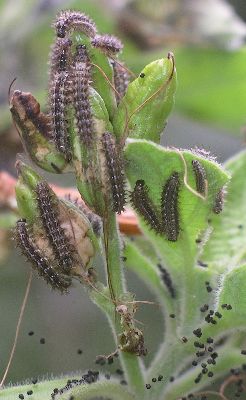
crescent larvae and droppings | 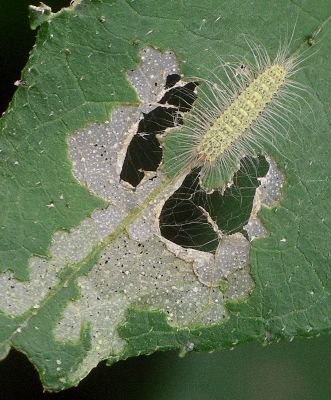
plume moth larva and leaf damage |

tawny emperor larvae, eggs, and leaf damage |
Examples of butterfly larvae:

buckeye larva on winecup |

painted lady larva on thistle |

question mark larva on elm |
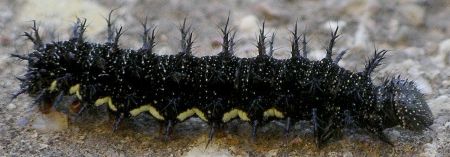
red admiral larva wandering |
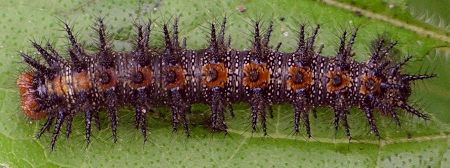
bordered patch larva on sunflower |
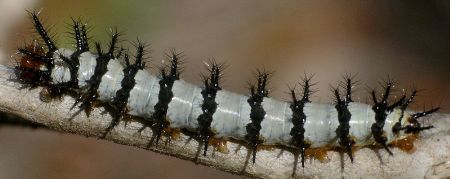
crimson patch larva on flame acanthus |
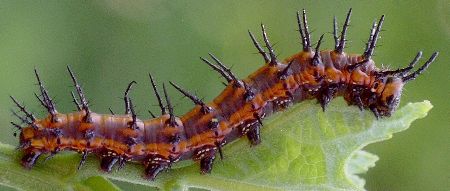
gulf fritillary larva on passionflower |

giant swallowtail larva on amyris |
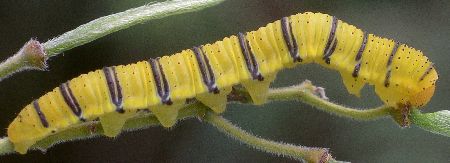
cloudless sulphur larva on Lindheimer's senna |
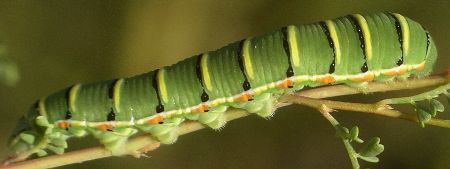
southern dogface larva on dalea |

orange sulphur larva on bluebonnet |
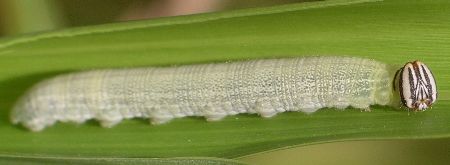
clouded skipper larva on johnsongrass |
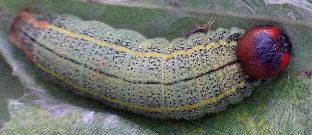
long-tailed skipper larvae on false indigo | 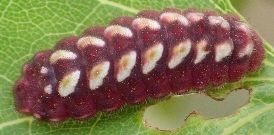
Henry's elfin on redbud |
Examples of moth larvae:

armyworm on cowpen daisy |
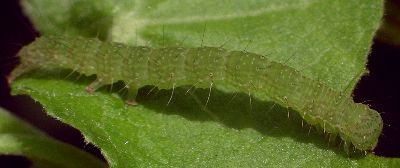
bagisara larva on Turk's cap |
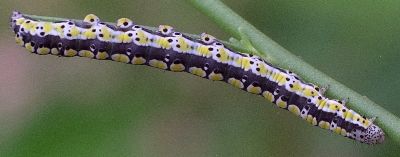
scribbled sallow larva on toadflax |
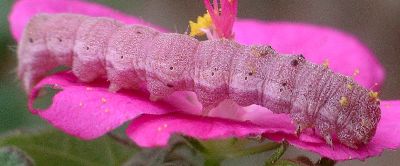
tobacco budworm on rose mallow |
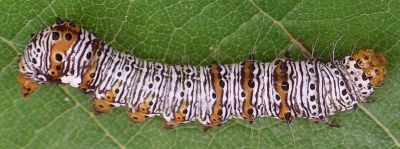
eight-spotted forester larva on mustang grape |
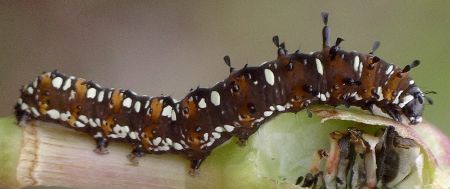
cerathosia larva on rain-lily |

blackberry looper on
brown-eyed Susan | 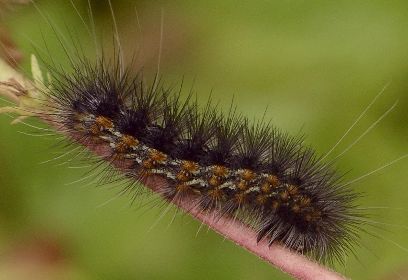
saltmarsh caterpillar on mistflower |

milkweed tussock caterpillar on milkweed | 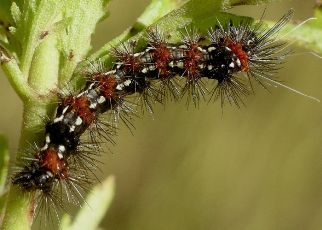
pareuchaetes larva on mistflower |
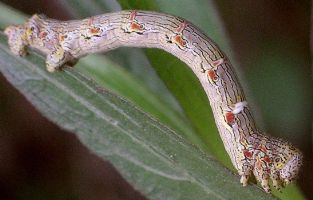
woolly gray larva on hackberry |

yellow-shouldered slug on hackberry | 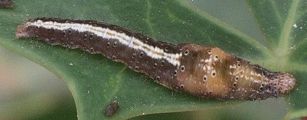
ypsolopha on agarita |
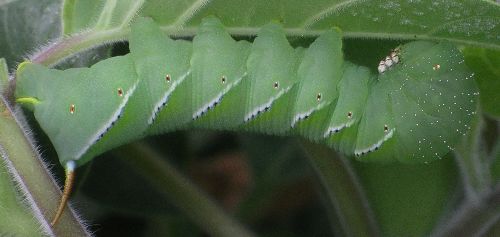
tobacco hornworm on jimsonweed |

imperial caterpillar on live oak |
Examples of moth larvae with poisonous spines (handle with care!):
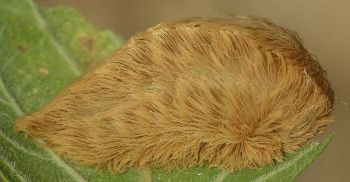
puss caterpillar or asp |
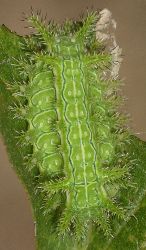
oak slug | 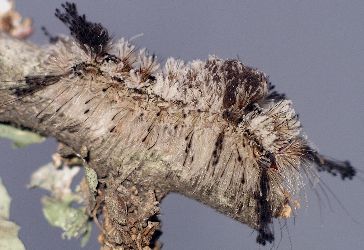
tussock moth larva |
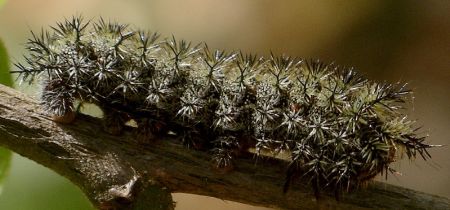
buck moth larva |

io moth larva |
Pupae and cocoons are great, as they do not need to be fed. They are harder to find, though. Some pupae will be found in the soil, but others will be attached to branches, leaves, rocks, or your house. While it is easy to bring in a leaf or twig with the attached pupa or chrysalis, those found on rocks or walls might be difficult to remove. Spraying the pupa with water will loosen the silk and allow it to be gently removed. If you are unsure of your skill at removal, rather than risk injuring the insect, leave it in place and enjoy it as it is.
Examples of butterfly pupae (chrysalises):

black swallowtail | 
bordered patch | 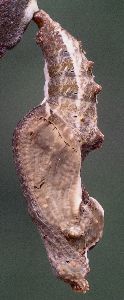
gulf fritillary |
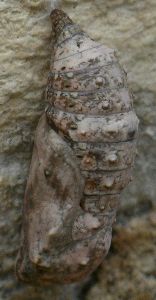
buckeye | 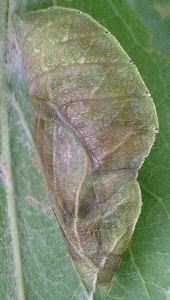
tawny emperor | 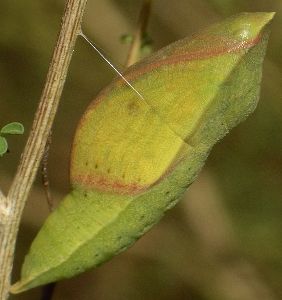
sulphur |
Examples of moth pupae (some species enclose their pupa within a cocoon):

leopard moth pupa |

typical moth cocoon | 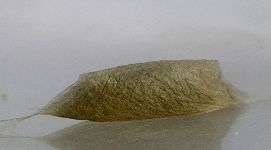
ypsolopha cocoon |
|














































